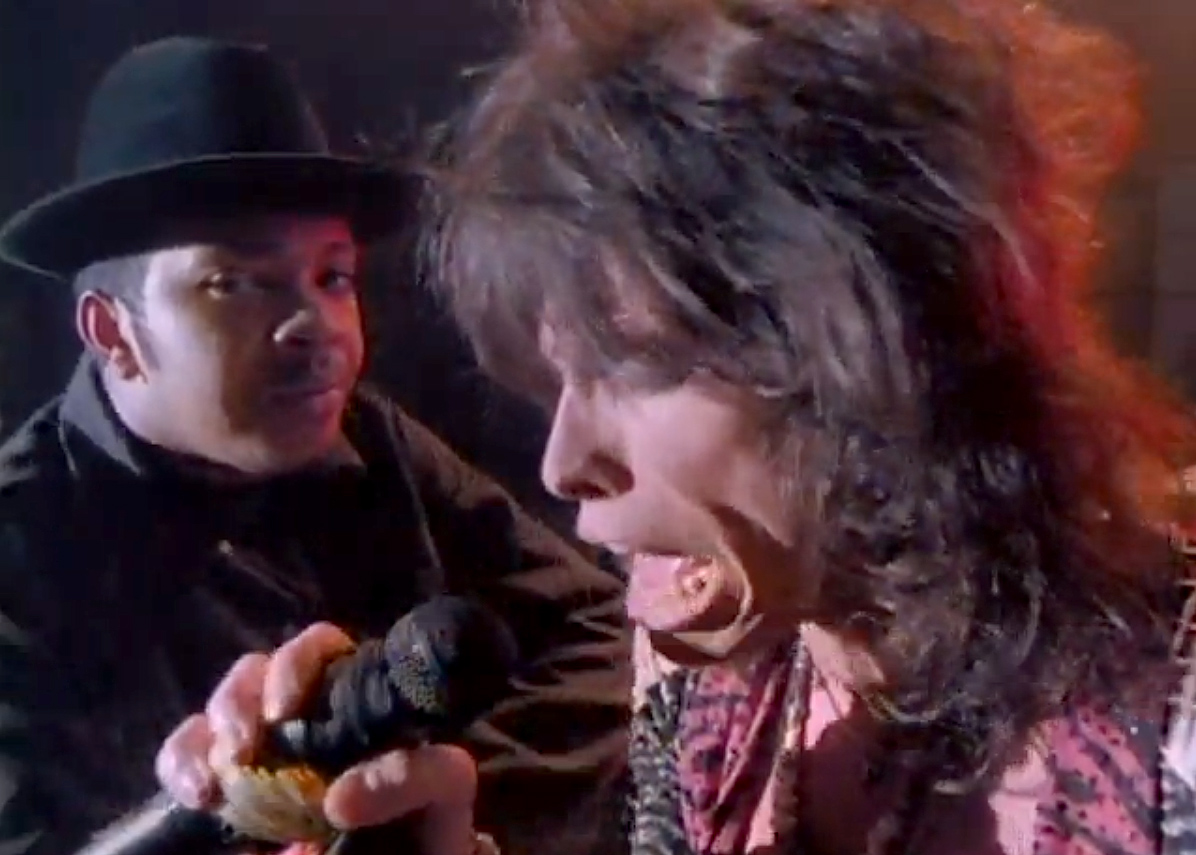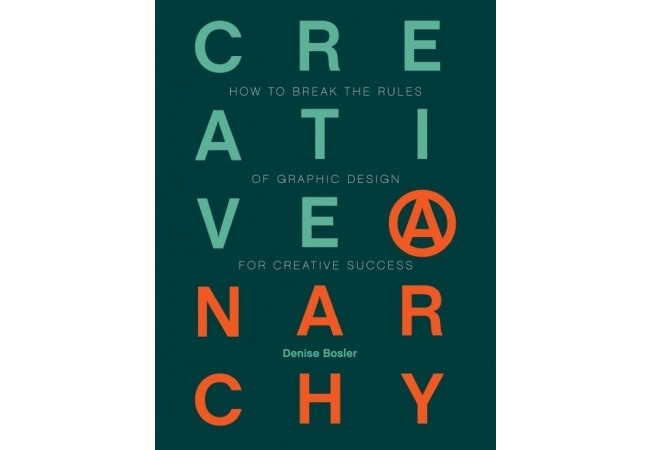10 ways to transform your creative thinking
Being stuck in a creative rut is incredibly frustrating. The good news is that it doesn't matter your discipline – be it 3D art, web comics or something else entirely – the means of escaping that rut are the same. Tried and tested ways to jumpstart your creativity include going for a walk, searching the web for inspiration or listening to music.
But if what if you need something more radical, to really shake up your design thinking and send it in new and exciting directions? Here are some ways you might do that, which you may not have thought of...
01. Find an unlikely collaborator

When looking for a partner to collaborate on a creative project, it’s natural to look for someone similar to yourself, in terms of experience, work style, background and attitude. Yet that’s unlikely ever to lead to anything other than a safe, reliable and ultimately boring result.
What if, instead, you teamed up with someone who seems entirely unsuited to the type of project you’re pursuing? For instance if you’re a 3D artist working on a series of animations for a high-end fashion brand, ask yourself whether a 2D illustrator for children’s books could bring something new to the table? Or if you’re designing the UX for an online banking app, what about teaming up with a photographer with no online skills whatsoever?
Such wacky combinations may ultimately end up a failure, but where’s the harm in going for a drink together and tossing some ideas around? At worst you’ll end up with a fun night out, at best you might spark something truly mind-blowing and original.
02. Start a daily project

Creativity is like a muscle; it needs constant work, effort and, yes, pain to grow into something powerful and transformational. And one great way of doing this is to embark on a daily or weekly design project.
Rather than sitting at your desk for hours musing the different directions your creativity can take, forcing yourself into a regular routine means you have to make quick and imaginative decisions. They might not all work, but that’s the beauty of a daily or weekly project. There’s no time to sit around moping, you just have to keep going, and do better next time.
Daily design news, reviews, how-tos and more, as picked by the editors.
Nicola Gastaldi, a London based motion graphics designer currently working at Google Creative Lab, did just that in 2017 when he challenged himself to create 100 animated GIFs in 100 days. You can see some of the amazing results, and learn how the project progressed here .
03. Do something from your childhood

Remember having a wild imagination as a child? Growing up and conforming to society’s norms tends to knock a lot of that creativity out of our heads, but there are ways to get some of it back.
One simple method is to once more do something you did as a child but never do as an adult. Depending on the decade you grew up in, that might be playing swingball, making a drink with a SodaStream, bouncing around on a space hopper, or even just writing someone a handwritten letter (be honest: when was the last time you did that?). The deep-rooted associations that kind of nostalgia trip unearths in your brain can be strikingly successful in getting your brain to work in more creative ways. Try it!
04. Watch a black-and-white movie

Whenever you get bogged down in a project, it’s tempting to take a break and recharge your batteries by going for a walk or watching a film. But most modern-day films, with their pixel-perfect VFX, fast-cut editing and busy plots, aren’t exactly great at letting your brain unwind.
If you really want to get into a different head space, why not watch a classic black-and-white movie? As more and more of these films become copyright-free with the passage of time, you’ll find a surprising number of them on streaming services like Netflix and Amazon, as well as YouTube or Vimeo as well as broadcast TV channels.
According to the New York Post, less than a quarter of all millennials have watched a pre-1960s film from start to finish, and that’s a real shame. Because while it admittedly takes a while to adapt your brain to what was a very different style of film-making, we defy anyone to make it through to the end of a film like Sunset Boulevard, Brief Encounter or All About Eve without experiencing the kind of genuine emotional tug that’s woefully absent from today’s multiplex fare.
05. Describe your project to a non-specialist

It happens, at one time or another, to every creative. You’ve got so bogged down in the small but important details of a creative project, you’re no longer able to see the wood for the trees. You need to take a step back and get a fresh perspective, and one great way to do that can be to talk to people about it, preferably people who are not creative professionals themselves.
That will force you to break down the essence of the project and its problems into language that non-specialists will understand. In doing so, you’ll often end up seeing what the real problems are much more clearly, not to mention their solutions.
06. Pick up a print magazine

Yes, we know there are a billions of blogs on the internet, full of advice and inspiration (with Creative Bloq of course at the top of the list). But when was the last time you browsed a traditional magazine, printed on paper?
It really is a superior, highly curated experience that engages your senses and imagination in an very different way than the kind of mechanical web browsing we’ve all become used to. And the good news is that the good people behind this site also produce printed publications on a range of creative disciplines.
These include titles about web design, graphic design and illustration, digital art and 3D. If you’ve not read a creative magazine in a while, give it a go and you’re sure to be surprised how quickly it gets your creative neurons firing.
07. Dim the lights

Okay, this one might sound odd, but bear with us. A number of studies have shown that working in dim light can actually boost your creativity, including a recent report in the Journal of Environmental Psychology. According to the article by Anna Steidle and Lioba Werth, “darkness elicits a feeling of being free from constraints and triggers a risky, explorative processing style”. So when you’re looking for a creativity boost, start dimming those lights… just be careful not to ruin your eyesight in the process.
08. Take improv classes

It could be argued that the very question of ‘How do I make myself more creative?’ is redundant. We’re all infinitely creative. What prevents our most creative ideas from actually reaching our subconscious, let alone sharing them, is an in-built off-switch that shuts down the fear that they might make us look stupid, or worse, in front of others.
Creativity, when framed in this way, becomes a question of confidence. In the words of jazz legend Miles Davis: “Do not fear mistakes; there are none”. But how do you go about achieving that in practice? One route that’s slightly left-field, but people who do it swear by, is taking improvisational comedy classes, such as those offered by The Free Association.
Although this might sound scary, working in an improvisational comedy group is actually a very warm and nurturing environment, because the golden rule is that no one is criticised and everyone is allowed to fail.
Improv is also great at heightening your listening skills and ability to make associations, which in many ways is the bedrock of creativity.
09. Break the rules

We all know the phrase “You’ve got to know the rules to break them”. But how often do we actually put that into practice? The problem is that we spent so much time internalising the rules, we forget they exist. So every now and again, it’s worth making a conscious effort to do something wrong on purpose.
Break grid theory in a design and see what happens. Use the ‘wrong’ software, or draw with the wrong hand. Use a colour combination that no one in their right mind would like. Give your character design the wrong number of limbs. Mix serifs with sans-serifs in the same text block. In short, do something stupid and see what happens. Most of the time it will be a total mess, but one or two times out of 100, you might just stumble on something incredible. Denise Bosler’s book Creative Anarchy offers more suggestions on how to go about it.
10. Become a digital nomad

Nothing gives you a fresh perspective like spending time in a totally different country, with a totally different culture. But you don’t necessarily have to save up tons of money to do so. With more and more of our creative work taking place online, there’s no reason why most freelancers need to be in the same place as their clients. If you fancy the idea of living and working abroad as a digital nomad, check out the Nomad List website, which is full of practical advice and tips to get you started.
Read more:

Tom May is an award-winning journalist specialising in art, design, photography and technology. His latest book, The 50 Greatest Designers (Arcturus Publishing), was published this June. He's also author of Great TED Talks: Creativity (Pavilion Books). Tom was previously editor of Professional Photography magazine, associate editor at Creative Bloq, and deputy editor at net magazine.
